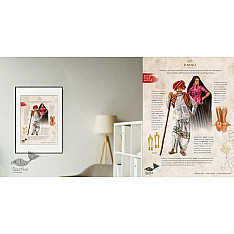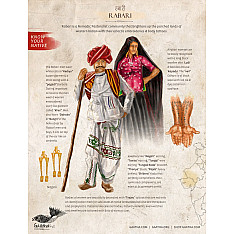- Availability: 2
- Made & Mkt by: Gaatha
- Product Code: 3761-P-H
- Weight: 0.30kg
- Dimensions: 33.00cm x 15.00cm x 15.00cm
The typical dispatch time is 2-3 days; however, in special cases, it may take longer. Please refer to the product details section for specific timelines. Once dispatched, we will share the tracking details with you.
For returns, you can file a request within 24 hours of receiving the product. If the package is damaged, please make a video while unboxing and share images of the damaged item along with your return request.
9328006304 ( WhatsApp )
Rabari Community, Kutch
The Rabari community is divided into sub-groups, There are a total of 133 ataks in the community, which are recognised collectively as vihotter. Kachhis, Vagadias & Dhebarias are the three broad sub-groups of the Rabari community who reside in Kutch.
According to different sub groups and age, rabari women decorate their dress & objects by unique ranari embroidery, Interlacing stitch (bavaliyo), chain stitch, Dana (basting), patch work, Bound mirror(bandha kach). Special motifs of their community identity like Peacock, Sudo(parrot), Ambo(mango), Panihari (women bringing water), Sandiyo(camel), Vicchi(scorpion), Bajubandh (arm bend). Zarmar(necklace) ,Makodiy(zigzag) etc are embroidered gracefully.
Black color dominates their clothing colour palette as according to their legends, the community is mourning the loss of members who sacrificed their lives fighting against a King who fell in love with a Rabari girl. To escape the wretched king, the community, along with their cattle fled to Kutch from Rajasthan.
According to the legend, the Rabari community was created by Lord Shiva along with a 5 legged Camel designed by Goddess Parvati. When Sambad, the first Rabari, complained about the difficulties faced by the camel while gazing, Lord Shiva pushed the central leg upward and thus, formed the hump!
Sambad was married to an Apsara named Rai and their progeny was called ‘Raika. The lineage of Sambad and Rai continued their father’s occupation of animal keeping and prospered. The community is known by different names in different states, like Rabari in Gujarat, Raika in Rajasthan, Pal in Punjab, among others.
Given their bond with the Mother Goddess, Rabari social structure is matriarchal, with women conducting the majority of their business affairs & managing their villages, while men are in charge of the animal herds that form the only true Rabari assets.
| Craftsmen | |
| Made by | Copyright Gaatha Research & Archive team |
| Material | |
| Made of | Printed on texture paper |

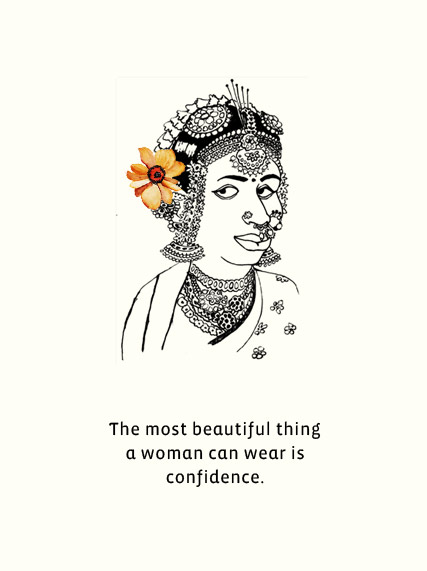

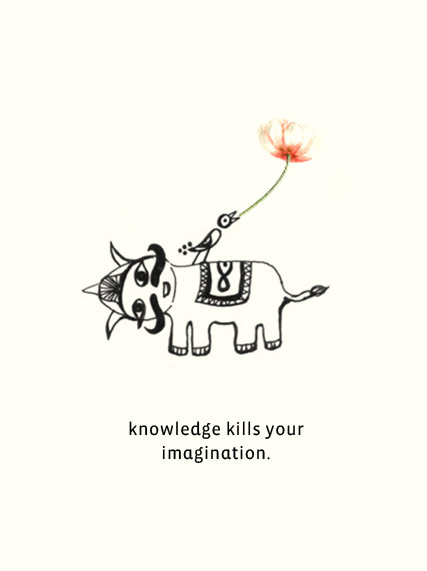

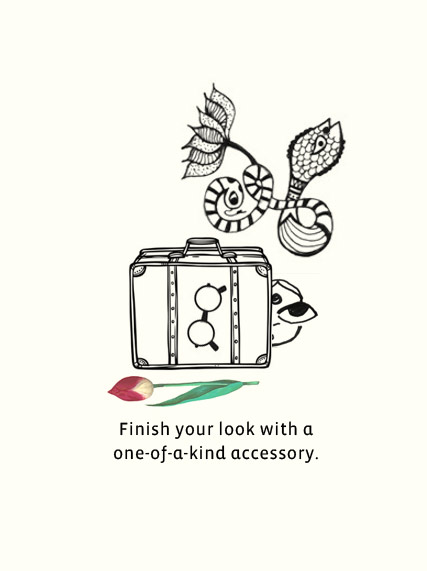
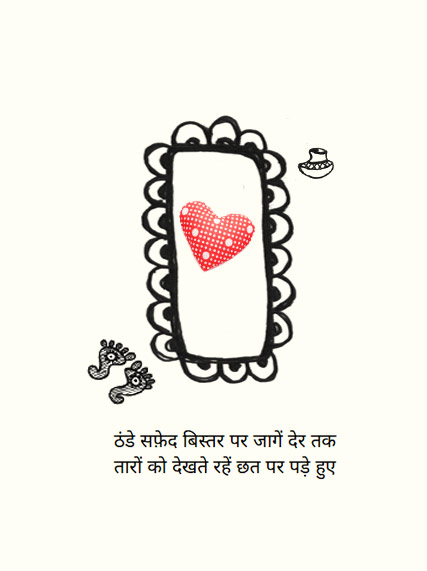


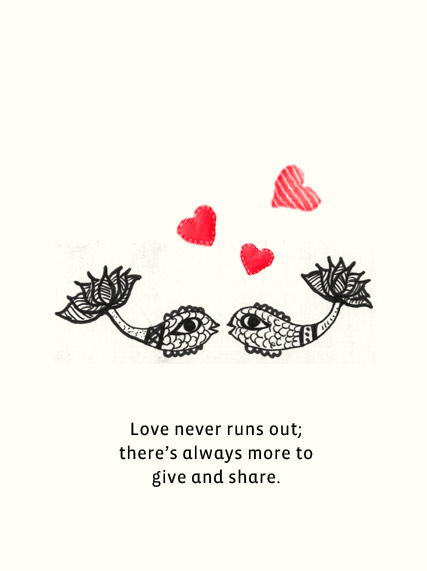
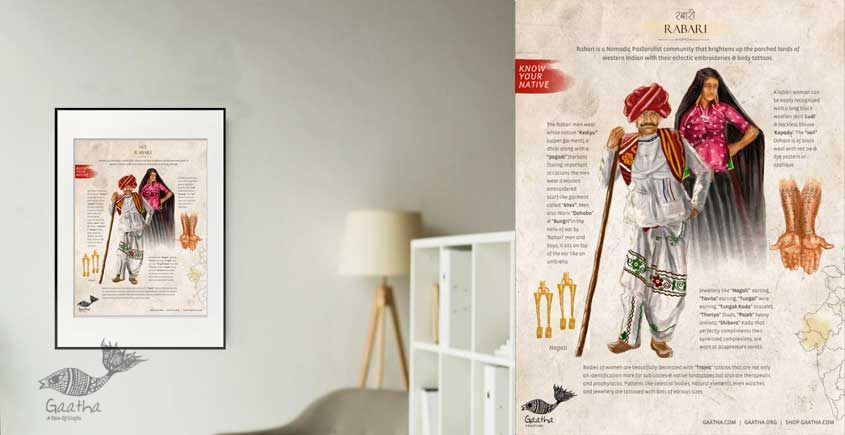
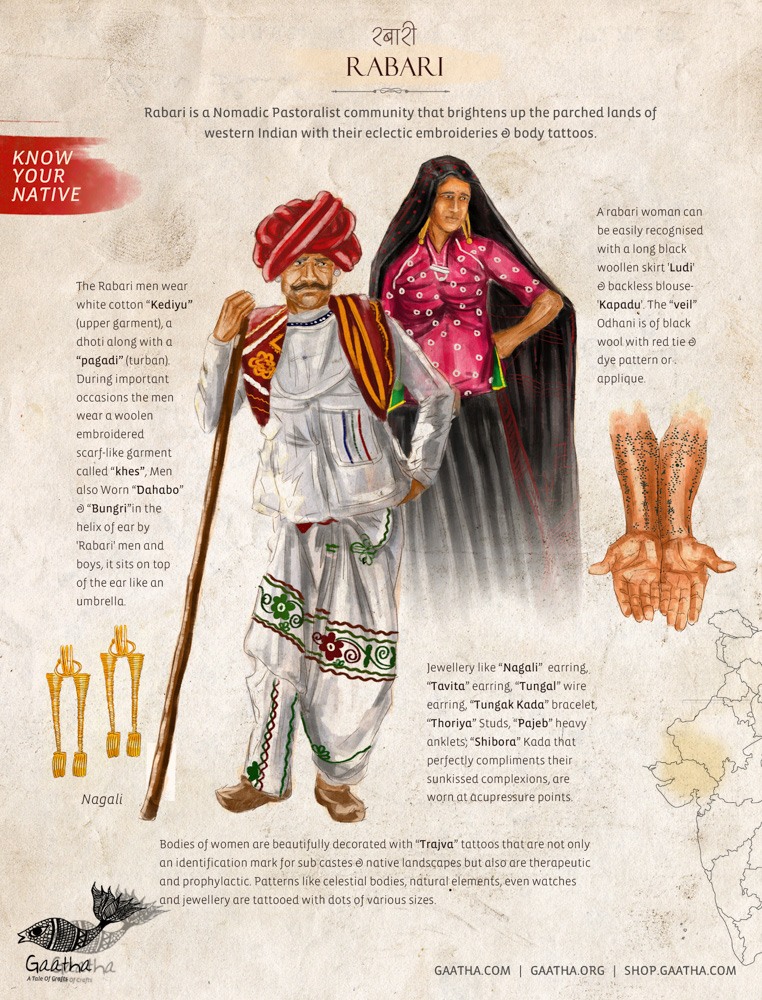



-225x150w.jpg)
-225x150w.jpg)
-225x150w.jpg)
-225x150w.jpg)
-225x150w.jpg)
-225x150w.jpg)
-225x150w.jpg)
-225x150w.jpg)
-225x150w.jpg)
-225x150w.jpg)
-225x150w.jpg)
-225x150w.jpg)
-225x150w.jpg)
-225x150w.jpg)
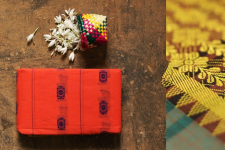
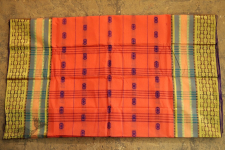
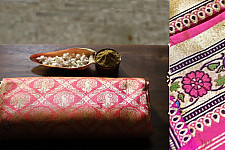
-225x150w.jpg)

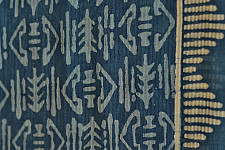
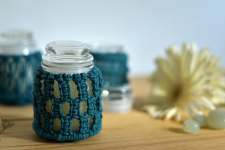
-225x150w.jpg)
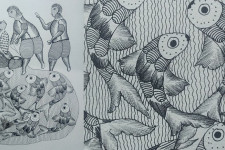
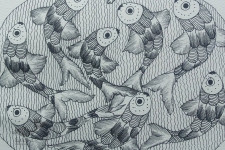
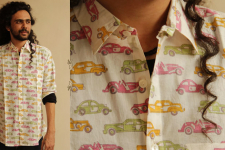
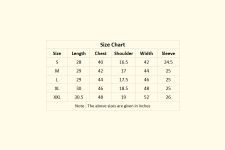
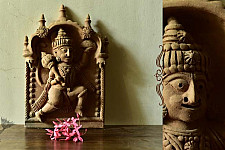
-225x150w.jpg)









-225x150w.jpg)

-225x150w.jpg)

-225x150w.jpg)
